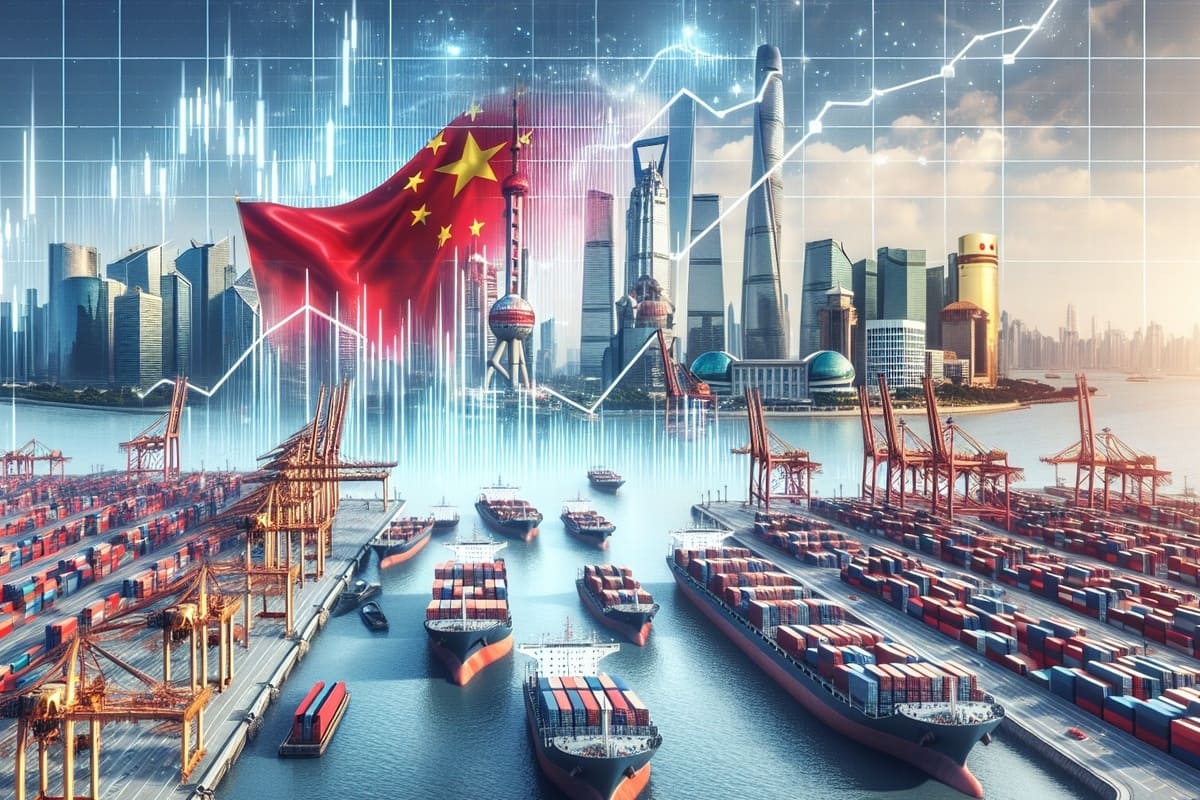China has inaugurated 128 shipping routes for the Silk Road Maritime Transport initiative, as of the end of July this year, since its inception in December 2018, according to Xiamen Customs.
A total of 20,293 container ships have traversed these routes, resulting in a cargo throughput of 23.9196 million twenty-foot equivalent units (TEUs), according to China Central Television (CCTV).
The Silk Road Maritime Transport serves as a vital international shipping service platform that underpins China’s Belt and Road cooperation.
Located in eastern China’s Fujian Province, the Port of Xiamen functions as the departure hub for 61 maritime routes associated with the Silk Road.
The Maritime Silk Road Initiative (MSRI), which is the maritime dimension of China’s Belt and Road Initiative (BRI), seeks to connect Beijing with key global trading hubs through three major “blue economic passages.” This initiative represents an investment potentially worth between $1 trillion to $4 trillion, focusing on new infrastructure such as roads, railways, and ports, with particularly significant activities in the Indo-Pacific region. The Indo-Pacific corridor is critically important as it encompasses the 10 busiest container ports globally and more than half of the world’s maritime petroleum trade traverses the Indian Ocean alone. This underscores the strategic and economic significance of the Silk Road Maritime Transport routes beyond China’s immediate borders (Center for Strategic and International Studies, CSIS).
Read more: China’s consumer price index declines in May 2025 as export growth hits three-month low
China’s strategic port infrastructure Investments
Recent developments in 2025 include the Maritime Silk Road Port Cooperation Forum held in Ningbo, East China, which focused on accelerating the sustainability and digital transformation of ports along the route. Industry leaders and experts highlighted the importance of green technologies and intelligent logistics to reduce carbon footprints and improve supply chain resilience. Major shipping companies, such as Maersk, have leveraged artificial intelligence and big data to optimize shipping efficiency, reduce costs, and enhance on-time delivery capabilities, signaling a strong push towards modernization within the Maritime Silk Road framework.
Moreover, China’s comprehensive port infrastructure investments are a major part of the Belt and Road Initiative, accounting for nearly 17 percent of the total BRI investment, ranking second only to railways. These investments have transformed China into one of the world’s leading seaport developers and operators, facilitating connectivity across about 50 maritime countries spanning Southeast Asia, South Asia, West Asia, Africa, and Europe. This extensive network has resulted in a shift in global port activity centers, with Asia now handling over half of the global port throughput—a significant increase from the 1970s when Europe dominated port activities.
For more news on logistics, click here.




